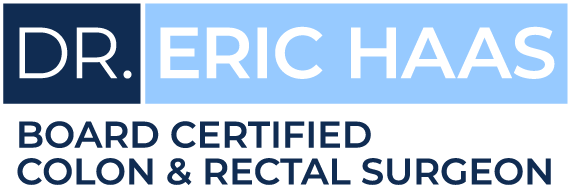Symptoms and Treatment of Crohn’s Disease
Crohn’s disease is an inflammatory, abdominal condition that affects the digestive tract, which includes the mouth, stomach, esophagus, small and large intestine, and anus. In fact, it can affect any part of the digestive tract, especially in the ileum, the part joining the small and large intestine.
Crohn’s disease can cause abdominal pain, fever, and diarrhea, along with weight loss and loss of appetite. Though these symptoms may range from mild to severe in different people, people suffering from the disease can still carry on their normal lifestyle as they suffer from both active periods or flare-ups or remission without any symptoms.
Not Similar to Ulcerative Colitis
While some people suffer from a single attack of Crohn’s disease, others suffer from frequent attacks. These flare-ups can be controlled using medication and dietary changes. Sometimes, complete bowel rest may also be prescribed where the patient is nourished with intravenous fluids.
Most people think that Crohn’s disease and ulcerative colitis are the same condition as they share symptoms. However these two are definitely different conditions. While ulcerative colitis affects only the inner lining of the GI and is limited to the colon, Crohn’s disease affects the entire thickness of the GI wall and can occur anywhere in the GI tract.
Treatment Options
Crohn’s disease can be treated using a medication, by making dietary adjustments and in extreme cases, surgery. Implementing stress-reduction techniques in their everyday work also helps patients suffering from Crohn’s disease to recover from the disease.
Those suffering from recurrent bouts of the disease will have to undergo surgery at some point to treat the condition. Surgical treatment options offered are:
- Surgery to correct a fistula or a fissure
- Surgery to drain an abscess
- Surgery to open bowel strictures or obstructions
- Surgery to remove the segment of diseased tissue
